The 1970s were a transformative decade for children, marked by unique activities and experiences that have since faded into history. Here are 15 everyday things that ’70s kids used to do, which are now a thing of the past. These activities not only defined the childhood experiences of ’70s kids but also reflect the cultural and technological shifts that have occurred over the decades.
1. Playing with Marbles
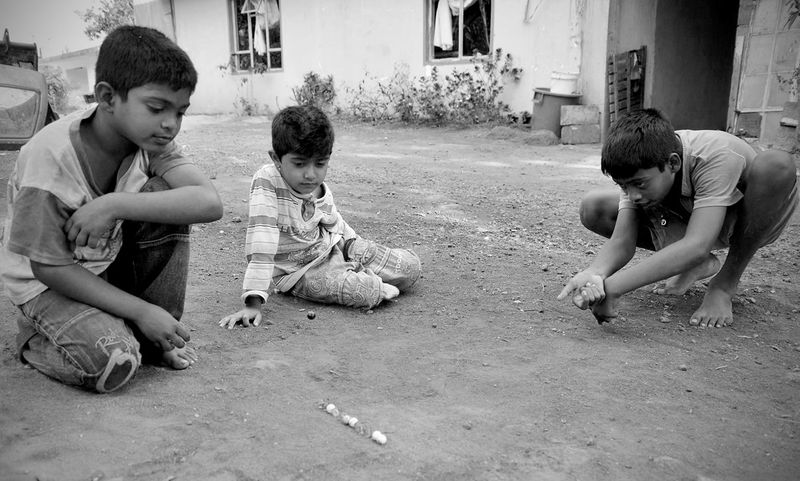
Marbles, those tiny orbs of glass, were once the prized possessions of playgrounds. Children would gather in groups, each armed with their favorite marbles, ready to engage in games like “Ring Taw” or “Ringer.” These games required skill, precision, and a little bit of luck, as players aimed to knock their opponents’ marbles out of a circle. The tactile feel of the marbles and the satisfying clink as they collided made this a cherished pastime. Today, digital distractions have overshadowed such simple pleasures, relegating marbles to the realm of nostalgia.
2. Using a Rotary Phone

Rotary phones were once a staple in every household, their distinctive dials a source of fascination for children. With every spin of the dial, there was an anticipation, a pause, as the mechanism clicked back into place. Kids quickly learned the patience required to make a call, as misdialing meant starting over. These phones also served as a canvas for doodles or a makeshift toy in moments of boredom. In a world now dominated by touchscreens, rotary phones have become relics of a bygone era, intriguing yet alien to today’s youth.
3. Playing Hopscotch
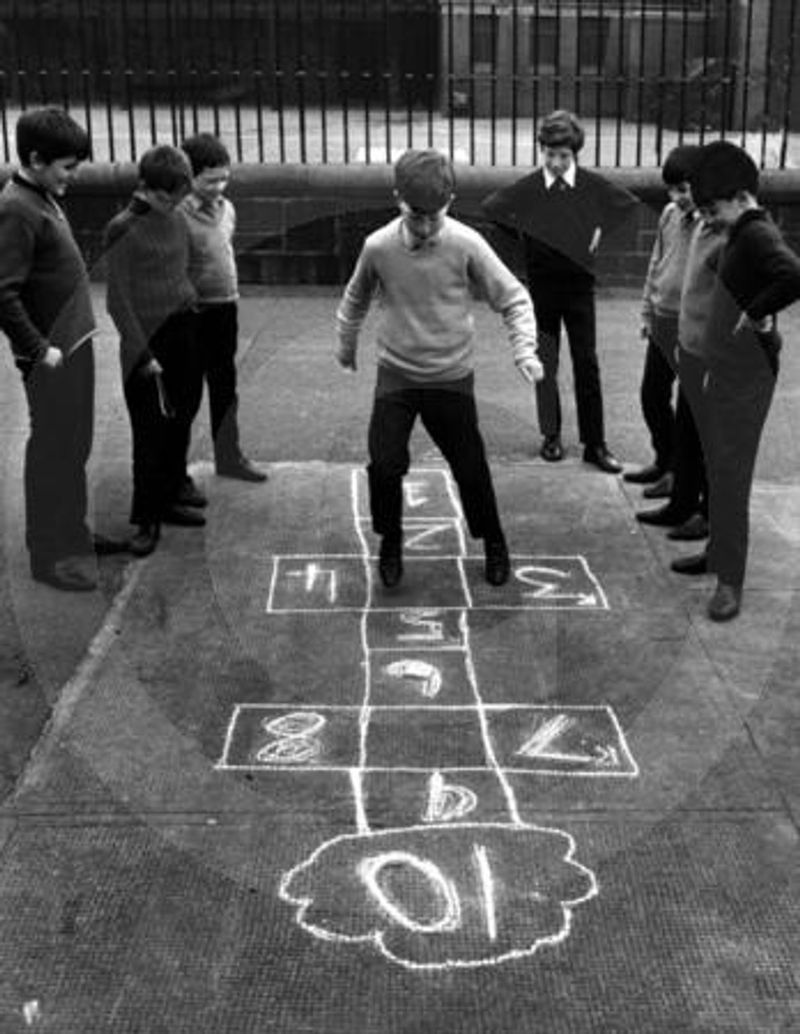
Hopscotch was the universal language of playgrounds, its simple chalk-drawn grid a beacon for fun. Kids armed with nothing more than a small stone would spend hours hopping on one foot, perfecting their balance and agility. The game was more than just physical exercise; it was a social activity, a chance to connect and compete with friends in a carefree environment. Though hopscotch still exists, the lure of digital entertainment has dulled its once vibrant presence on sidewalks and schoolyards.
4. Listening to a Walkman

The Sony Walkman, a revolutionary device, allowed kids to carry their music everywhere. With a cassette tape loaded, headphones over their ears, children could escape into their own world. It wasn’t just about the music; it was a statement of independence and personal taste. The physical act of flipping the tape and the occasional need to untangle cords added to the experience. While today’s music is streamed with ease, the Walkman’s charm lay in its tangible connection to the music, a relic of a more analog era.
5. Writing Letters by Hand
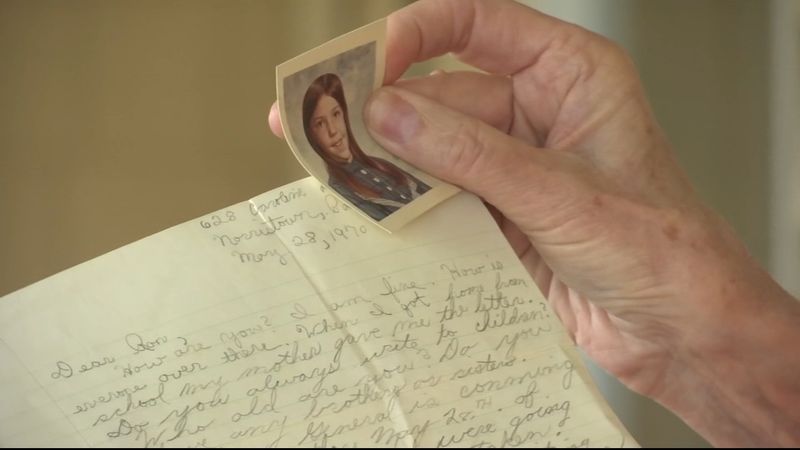
Before emails and instant messages, handwritten letters were the threads connecting friends and family. Kids would carefully select their stationery, crafting messages with thoughtful prose and personal touches. The anticipation of receiving a reply added an element of excitement, making each letter a cherished exchange. Handwriting itself was an art, with every loop and flourish unique to the writer. In today’s fast-paced digital world, the art of letter writing has all but vanished, leaving behind nostalgic memories of ink and paper.
6. Playing with a Slinky

The Slinky, a simple yet mesmerizing toy, captivated children as it “walked” down stairs. Its rhythmic motion and metallic shimmer held a magic that seemed to defy gravity. Beyond stairs, kids found endless ways to play with their Slinkys, crafting loops and experimenting with tricks. The jingle of its coils became a familiar sound in households. Today, while still available, the Slinky’s allure has faded amidst a sea of more sophisticated toys and digital gadgets, yet its charm endures for those who remember its simpler joys.
7. Building with Lincoln Logs

Lincoln Logs, with their rustic appeal, offered children a world of construction and creativity. These miniature logs could be stacked and arranged to form cabins and forts, sparking imagination and honing fine motor skills. The tactile pleasure of fitting pieces together created a satisfying sense of achievement. As digital games like Minecraft have taken center stage, the tangible joy of building with Lincoln Logs has waned. Yet, for those who played with them, they remain a symbol of hands-on creativity and endless possibilities.
8. Using a Typewriter
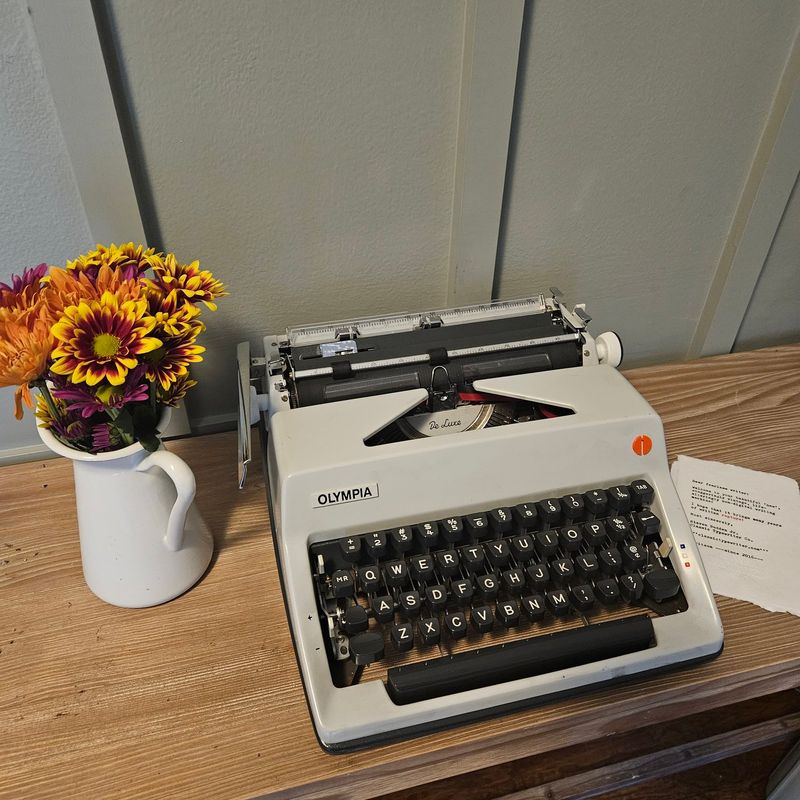
Before the age of computers, typewriters were the gateway to written expression. The clatter of keys and the ding of the carriage return became the soundtrack for many young writers. Kids learned to type their essays and letters, each keystroke a deliberate act of creation. The tactile feedback and the sight of inked letters on crisp paper provided a unique satisfaction. Today, typewriters are often seen as antiques, their mechanical charm a curiosity for a generation raised on digital interfaces.
9. Playing Capture the Flag
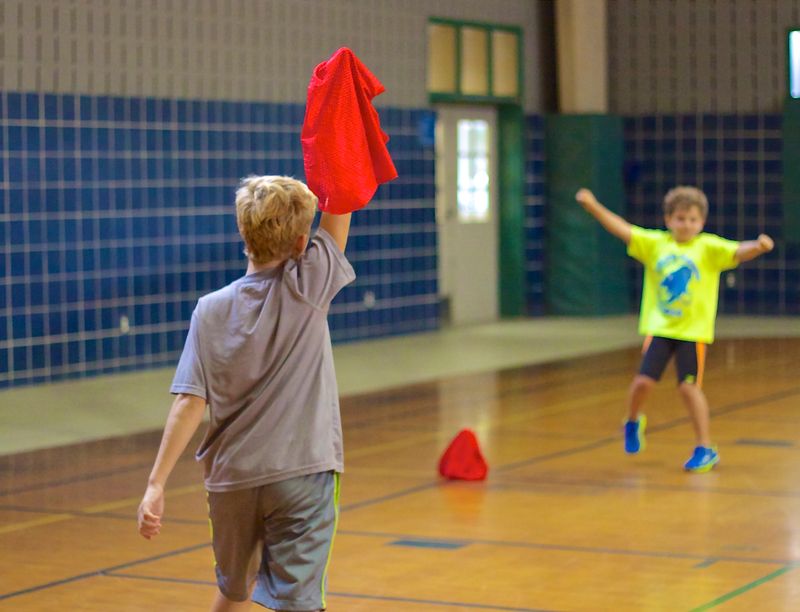
Capture the Flag was the ultimate outdoor adventure, combining strategy, speed, and teamwork. Kids would divide into two teams, each guarding their flag while plotting to capture the opponent’s. The thrill of the chase, the suspense of hiding, and the joy of capturing the flag made this game a staple of summer afternoons. In today’s tech-centric world, such physical games are less common, but for those who played, Capture the Flag remains a cherished memory of camaraderie and adventure.
10. Using a Film Camera

Film cameras were once the gateway to capturing memories, each roll of film holding potential treasures. Kids learned the careful art of framing shots, aware that every click counted. The wait for photos to be developed added to the excitement, as each print revealed a moment captured in time. Today, the immediacy of digital photography has eclipsed this process, yet the tactile joy of handling film and the anticipation of the unknown remain nostalgic for those who experienced it.
11. Playing with Tinkertoys
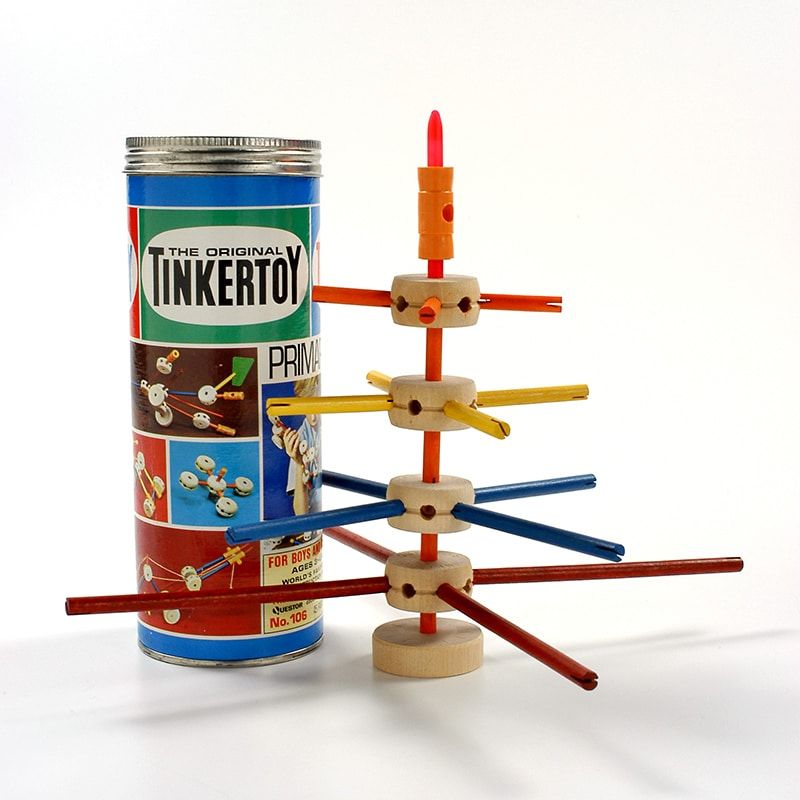
Tinkertoys, with their simple wooden spools and rods, unlocked a world of creativity for young builders. Kids could construct everything from towering structures to intricate models, exploring the principles of engineering in a playful environment. The tactile satisfaction of fitting pieces together and the endless possibilities made Tinkertoys a beloved plaything. In an era dominated by digital and electronic toys, the straightforward charm of Tinkertoys has faded, but their legacy of fostering creativity and problem-solving endures.
12. Watching Saturday Morning Cartoons
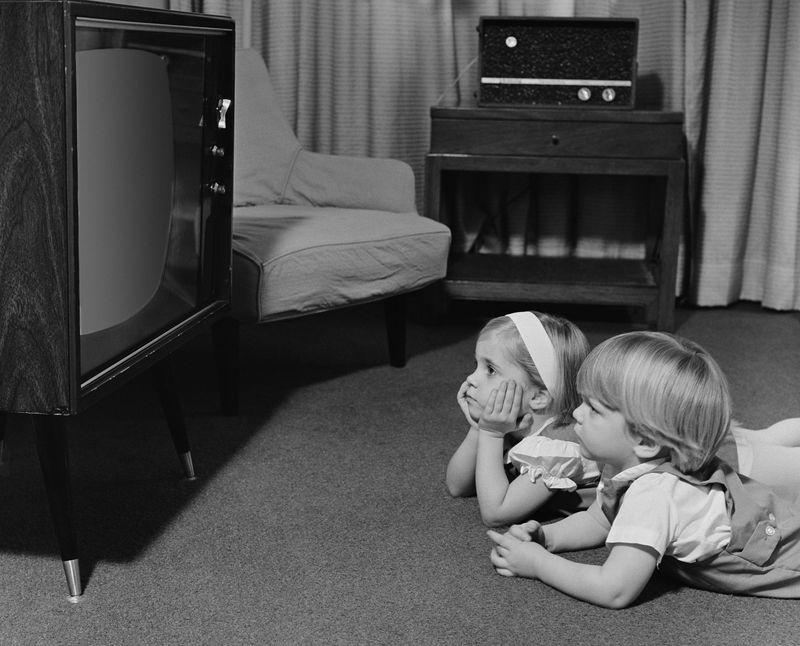
Saturday mornings in the ’70s belonged to cartoons, a sacred ritual for kids as they gathered around the TV. Shows aired only once a week, making each viewing a special event. With bowls of cereal and pajamas, kids were transported to magical worlds of adventure and humor. The shared experience of discussing favorite characters and episodes with friends added to the excitement. Streaming has changed viewing habits, yet the nostalgia of Saturday morning cartoons remains a cherished memory for those who experienced its magic.
13. Using a View-Master
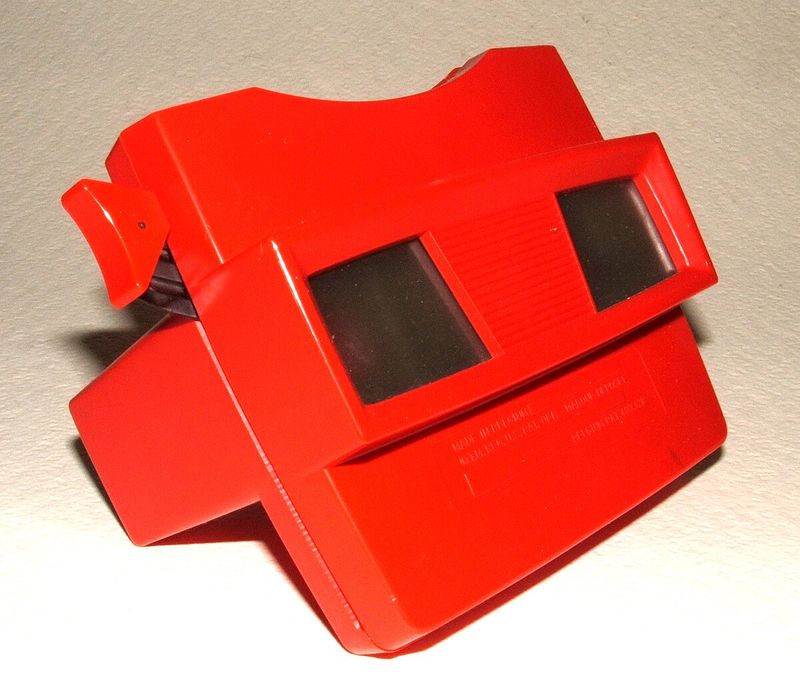
The View-Master, a simple device, opened portals to 3D worlds. With each click of the lever, kids were transported to different scenes, from exotic landscapes to beloved TV shows. The tactile delight of inserting reels and viewing vivid images was unmatched. Though virtual reality offers more immersive experiences today, the View-Master’s charm lay in its simplicity and accessibility, a beloved relic for those who peered through its lenses into worlds of wonder.
14. Playing Kick the Can
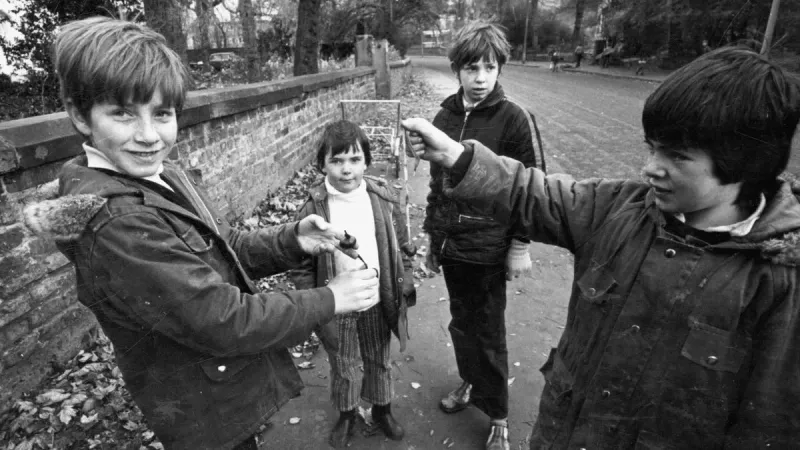
Kick the Can was a game of wit and agility, blending elements of tag and hide-and-seek. Kids scattered to find hiding spots while one person guarded the can, aiming to kick it and free captured players. The game required minimal equipment but plenty of space and participants, making it a favorite in neighborhoods. In today’s structured environments, such spontaneous games are rare, but for those who played, Kick the Can remains a symbol of carefree summer evenings and community spirit.
15. Making Mix Tapes
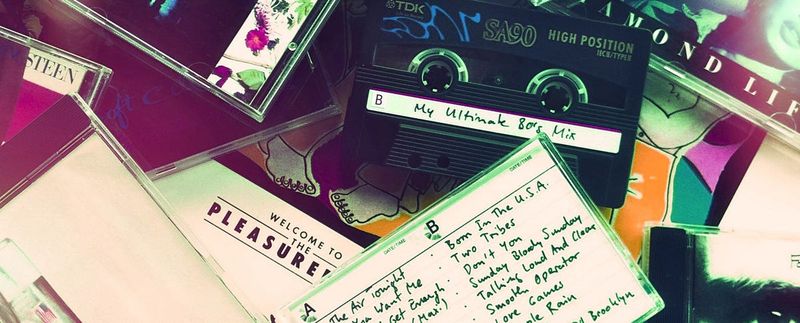
Mix tapes were more than just collections of songs; they were expressions of identity and emotion. Kids would carefully record tracks from the radio, crafting playlists that told stories and shared feelings. The physical act of pressing record and the joy of sharing tapes with friends added to the charm. Digital playlists have replaced this ritual, but the deliberate curation and personal touch of mix tapes hold a nostalgic place in the hearts of those who made them.

Well, hello there!
My name is Jennifer. Besides being an orthodontist, I am a mother to 3 playful boys. In this motherhood journey, I can say I will never know everything. That’s why I always strive to read a lot, and that’s why I started writing about all the smithereens I came across so that you can have everything in one place! Enjoy and stay positive; you’ve got this!

